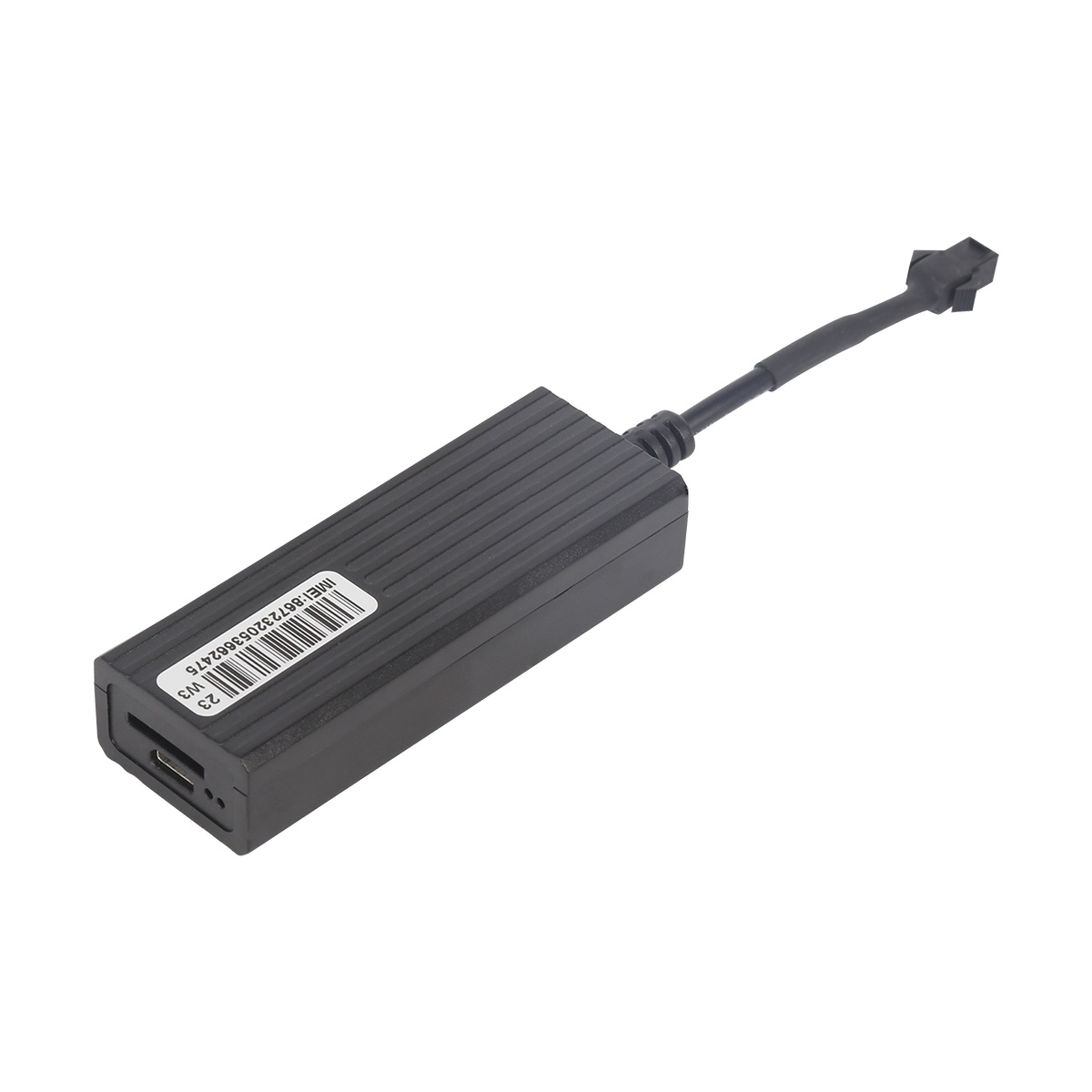source:truck tracking webfleet solutions release time:2023-09-04 Hits: Popular:realtime gps tracker online

The GPS satellite was developed by the Space Department of Rockefeller International, with a weight of 774kg and a lifespan of 7 years. The satellite adopts a honeycomb structure, with a cylindrical main body and a diameter of 1.5m. The satellite is equipped with two dual leaf solar panels (BLOCK I) on both sides, with a total length of 5.33 meters and a sunlight receiving area of 7.2m2. The solar orientation system controls the rotation of the two wing battery panels to keep the panels aligned with the sun, continuously providing power to the satellite, and charging three sets of 15Ah cadmium nickel batteries to ensure that the satellite can operate normally in the shadow of the Earth. A multi beam directional antenna with 12 units is installed at the bottom of the star, which can transmit signals in two L-bands (19cm and 24cm waves) with an angle of approximately 30 degrees. Omnidirectional telemetry and remote control antennas are installed on both ends of the star for communication with the ground monitoring network. In addition, the satellite is equipped with an attitude control system and an orbit control system to maintain the satellite at an appropriate altitude and angle, accurately aligning with the visible ground of the satellite.
According to the working principle of the GPS system, the higher the accuracy of the onboard clock, the higher its positioning accuracy. Early experimental satellites used a quartz oscillator developed by Hopkins University, with a relative frequency stability of 10? 11/second. The error is 14 meters. After 1974, GPS satellites adopted rubidium atomic clocks with a relative frequency stability of 10? 12/s, error of 8m. In 1977, the BOKCK II model adopted a cesium atomic clock developed by Mars Frequency and Time Systems, and its relatively stable frequency reached 10? 13/second, the error is reduced to 2.9m. In 1981, Hughes developed a relatively stable frequency of 10? The 14/second hydrogen atomic clock results in an error of only 1m for the BLOCK IIR satellite.
Read recommendations:
gps tracker with magnet Vendor
simple gps tracking Production
Last article:Principles of GPS System.Cantrack TK100
Next article:GPS reset did not have a substantial impact on car GPS locators
Related Information
gps vehicle tracker wholesale
2023-04-23fleet gps trackers Factory
2023-04-23GPS Trackers custom
2023-04-11Dog gps tracker Production
2023-04-234G GPS Tracker for vehicles Vendor
2023-04-23SecumorePlus
2023-03-16Dog gps tracker
2023-04-11Dog gps tracker Processing
2023-04-23gps tracker auto
2023-04-11gps tracker for trailer
2023-04-113 Years Disposable Asset GPS Tracker
2025-03-31GF70L-Solar Magnetic Asset GPS Tracker
2023-10-07Mini Sized GPS Tracker PCBA
2022-06-17P60L Personal gps tracker
2025-07-11personal gps tracker Production
2022-09-06Application of GPS in Car Navigation and Traffic Management
2022-07-13GPS Beidou satellite navigation system
2022-08-11"Beidou" navigation system professional application field positioning reaches centimeter l
2022-08-10Types of GPS
2022-08-17GPS module
2022-10-19GPS navigator
2022-10-14GPS composition.gps tracker no monthly fee manufacture
2023-08-22GPS smart bus stop sign
2022-09-05GPS establishes network connection
2022-10-19gps tracker untold secrets
2022-09-13How to realize the function of GPS monitoring system?
2022-12-02mini gps tracker.GPS Vehicle Management for Vehicle Safety Management
2023-10-25Bring a GPS tracker and never be afraid of losing it again!
2022-09-15Scope of GPS.plug & play Obd gps tracker Vendor
2023-09-09What are the precautions for installing the car GPS positioner
2023-02-25